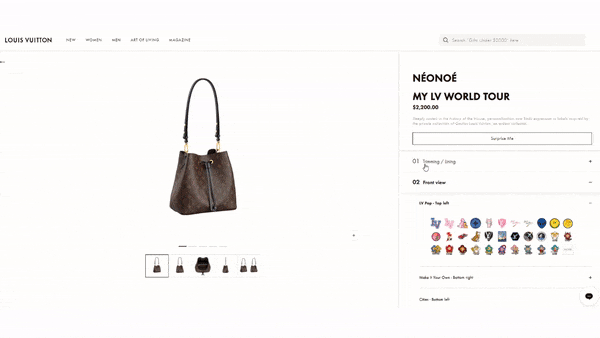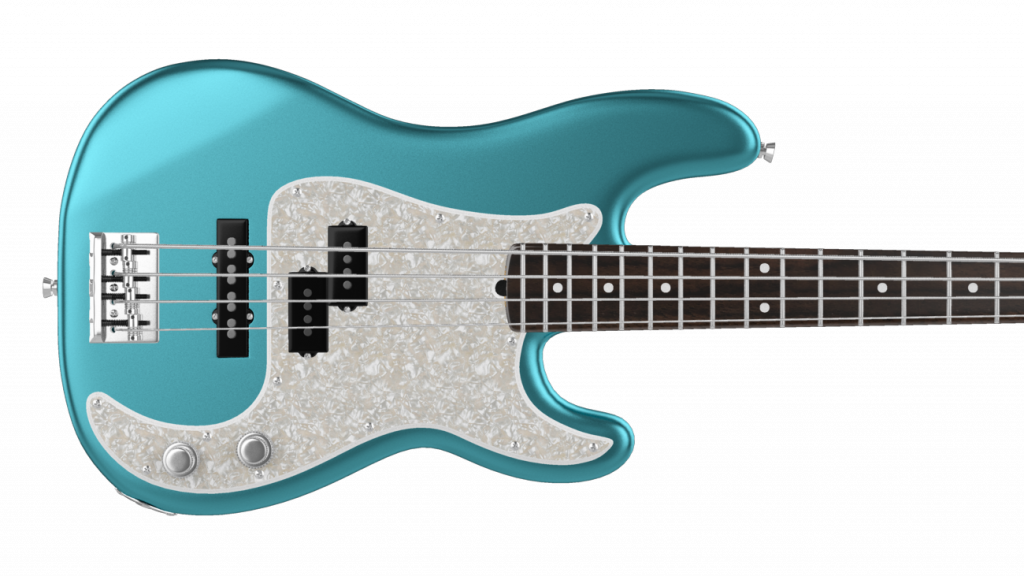oxygen domain was triggered too early. This is usually an indicator for some code in the plugin or theme running too early. Translations should be loaded at the init action or later. Please see Debugging in WordPress for more information. (This message was added in version 6.7.0.) in /var/www/wp-includes/functions.php on line 6121
Figuring out how to market luxury goods is always critical if you want to attract high-end buyers eager to spend. But in today's perilous new retail landscape it's all about the online shopping experience. In this blog post, we’ll explore how to successfully market your luxury goods to drive ecommerce sales.
Online is no longer optional for luxury brands. According to Bain & Company, the ecommerce sales of luxury goods jumped from 12% in 2019 to 23% in 2020.
And according to Deloitte, the 2020 pandemic spurred brands to adopt new ideas about value creation. Customers shifting to online shopping brought not just an upsurge in ecommerce, but also the expectation that an online experience would be as close to an in-store experience as possible.
In other words, a luxurious customer experience in-store (while critical) isn’t quite enough anymore. All brands must now recreate virtually tangible luxury shopping online.
The luxury goods market contracted by 35 to 39 percent in 2020, according to McKinsey. And while a positive growth rate for luxury goods is expected in 2021, customer habits and values have permanently changed.
Savvy brands have noticed, but setting yourself apart when every one of your competitors is doing the same thing requires innovative strategies.
Here are six ways to market luxury goods that will help you recreate an ecommerce experience that rivals even the best of what you can get in-store.
At the core of every luxury brand is a luxury customer experience. People don’t spring for luxury because of price or availability; they want to look and feel good.
Successful luxury brands understand how to create a customer experience that links the brand with prestige. You should leave your customers not just feeling like they’ve shopped at a great brand—they should feel like they’ve acquired a status symbol, too. Pay attention to:
See how Louis Vuitton does it for their personalized handbag and travel offerings:

What you say is as important as how you say it. That’s especially important online, where search engines will pay attention to the words you use in your blog content, site copy, product descriptions, and social media posts.
Keywords are your strongest tool for attracting the audience you desire.
Why do brands like Louis Vuitton and Ray-Ban offer so many customization options for their product? Because they know that mass-produced is for the masses.
Product customization lets you offer something a little more unique than what’s easily found in stores.
Plus, it ensures that your customers get exactly what they want, letting them tailor your brand to their exact style. (That’s a big reason as to why customization drives brand loyalty.)
Product customization has other benefits, too. It enables luxury brands to:

Product customization is a great start, but why not take it a step further? With product personalization, you can.
Customization works inside parameters set by the brand, but personalization allows customers to add their own message or imagery to the product.
For example, if customization is choosing the color of the interior of a Louis Vuitton bag, then personalization is the option to add your initials to that same bag.

In many ways, luxury brands are the embodiment of personalization, from experience to product. It’s also an opportunity not just to address customer expectations, but also to stand out from all the rest.
According to Women’s Wear Daily, 73 percent of consumers prefer brands that offer personalization options. But Instapage found that fewer than 10 percent of top tier brands actually get it right.
What if you did?
Product customization and personalization are both great, but the ability to deliver matters more. Consistently presenting your customers with exactly what they ordered builds your reputation.
Remember that functionality is one of the three elements of a luxury experience that elevates a brand to a status symbol. That includes everything from a well-designed website to customization options that you can actually accommodate.
While you’re browsing product customization software, make sure you choose one with the ability to support complex configuration rules, ensuring that whatever your customers fancy remains within your reach.
An image is worth a thousand words, and in luxury ecommerce, it could be worth thousands of dollars.
In the absence of the tactile experience, visuals must do double duty. That’s even more challenging when you’re creating an online luxury shopping experience.
Fortunately, a strong product visualization game goes a long way in the recreation of an in-store vibe.
Fender uses high-quality images for their exclusive guitars, helping online shoppers feel like they're virtually holding it in their hands.

Looking to take your images one step further? Go for photo-realistic 3D renderings of standard or fully customizable products. Seeing a product in 3D, being able to spin it around, and zoom in on specific areas provides online shoppers the certainty they desire. In fact, 3D imagery helped one major luxury retailer increase conversions by as much as 40%.
Creating a luxury online shopping experience is half an art-form and half the creation of a solid ecommerce strategy.
We’ve provided ways to market luxury goods for ecommerce that will elevate your brand and attract the demographic you seek—but that’s not all that goes into it.
Adjusting to new customer expectations means that luxury brands need to evolve to keep pace with their audience. With an increased emphasis on delivering the best possible customer experience across all of ecommerce, finding new ways to stand out requires more creativity and innovation than ever before.
Ready to discover what it takes? Watch our exclusive virtual event, featuring experts from ConfigureID, Astound Commerce, and CoreMedia to learn to succeed as a luxury retailer in 2021 and beyond.